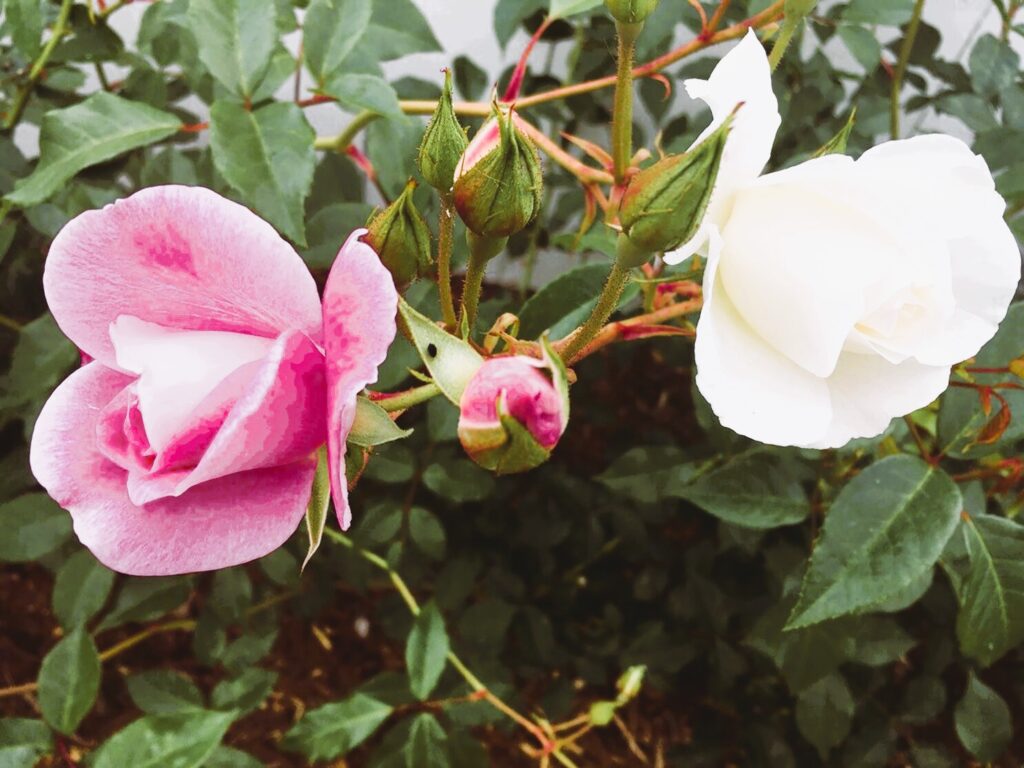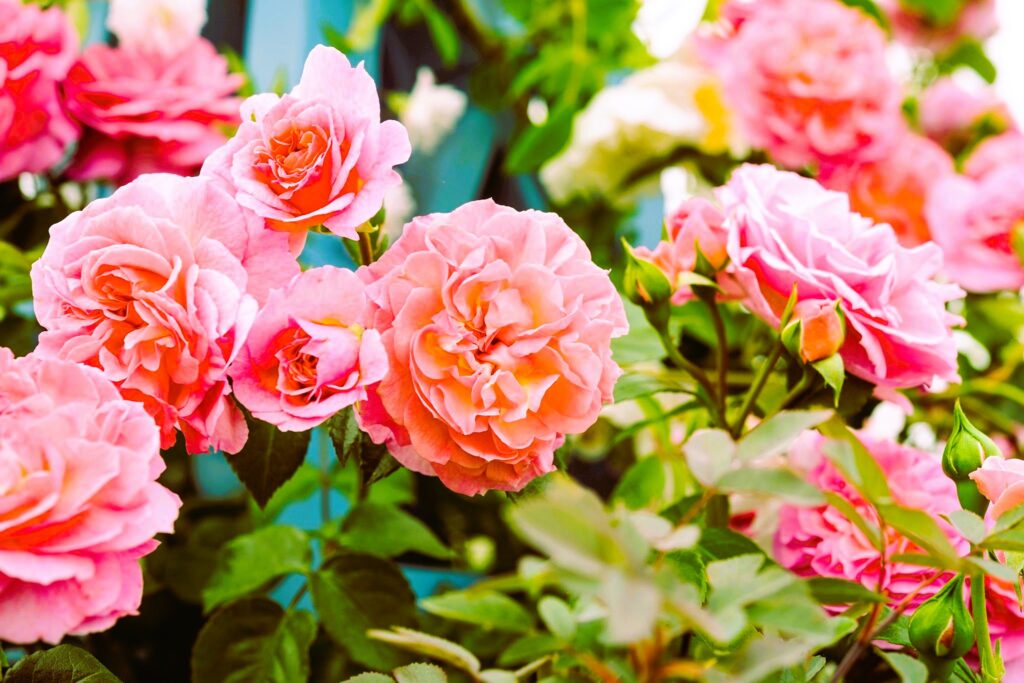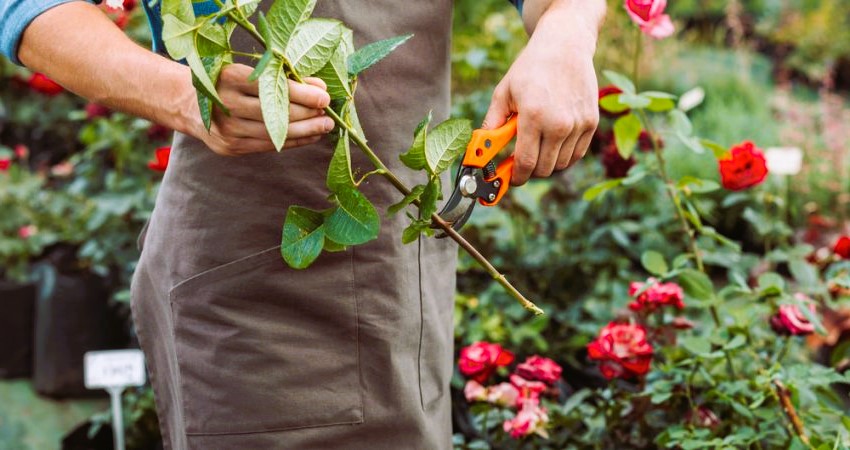Roses are renowned for their beauty, fragrance, and timeless appeal. Whether you have a rose garden or a few potted rose plants, knowing the secrets of successful growing and maintenance is essential to keep these stunning flowers flourishing. In this article, we will explore the key aspects of caring for roses, from planting to pruning, and provide you with valuable tips to ensure your roses thrive and bloom magnificently.
Choosing the Right Rose Varieties
Before diving into the care and maintenance of roses, it’s crucial to choose the right rose varieties for your garden. Roses come in various types, including hybrid teas, floribundas, grandifloras, climbers, and shrubs. Each type has its own growth habits, flower forms, and care requirements. Consider factors such as climate, available space, and personal preferences when selecting rose varieties. Consulting reputable sources like the official website of the Government of Canada.
Planting Roses

Proper planting is the foundation of successful rose cultivation. Follow these steps for optimal results:
- Site Selection: Choose a location that receives at least six hours of direct sunlight each day. Roses thrive in well-draining soil, so ensure the planting site has good drainage.
- Preparing the Soil: Before planting, amend the soil with organic matter, such as compost, to improve its fertility and drainage. Ensure the soil pH is suitable for roses, which typically prefer slightly acidic to neutral soil.
- Digging the Hole: Dig a hole that is wide and deep enough to accommodate the rose plant’s root ball. Gently loosen the roots before placing the plant in the hole.
- Planting Depth: Position the rose plant in the hole so that the bud union (the swollen area where the rose is grafted onto the rootstock) is level with or slightly above the soil surface.
- Backfilling and Watering: Fill the hole with soil, firming it gently around the roots. Water the newly planted rose thoroughly to settle the soil and eliminate air pockets.
Watering and Fertilizing
Proper watering and fertilizing practices are crucial for the health and vitality of roses. Here are some guidelines to follow:
- Watering: Roses require consistent moisture but should not be overwatered. Provide deep, thorough waterings, ensuring the soil is moist but not waterlogged. Water the base of the plants, avoiding wetting the foliage, which can lead to diseases.
- Mulching: Apply a layer of organic mulch around the base of the roses to conserve moisture, suppress weeds, and regulate soil temperature. Mulch also adds organic matter to the soil as it breaks down.
- Fertilizing: Roses are heavy feeders and benefit from regular fertilization. Use a balanced rose fertilizer or organic alternatives, following the manufacturer’s instructions. Apply fertilizer in early spring and again during the growing season for optimal results. Choosing fragrant plants for your garden, read more in this article.
Pruning and Maintenance
Pruning is essential for maintaining the shape, health, and vigor of roses. Follow these pruning guidelines:
- Timing: Prune roses in early spring before new growth begins. Remove any dead, damaged, or diseased wood.
- Pruning Techniques: Depending on the rose type, pruning techniques may vary. Hybrid teas and floribundas benefit from a more severe pruning, reducing the plant’s overall height and encouraging new growth. Shrubs and climbers may require lighter pruning to maintain their shape and remove dead wood.
- Deadheading: Regularly remove spent blooms by deadheading. This promotes continuous blooming and prevents the formation of rose hips.

Pest and Disease Management
Roses are susceptible to various pests and diseases. Vigilance and early intervention are key to preventing and managing issues. Here are some tips:
- Monitoring: Regularly inspect your roses for signs of pests, such as aphids, thrips, or mites, and common diseases like black spot or powdery mildew.
- Integrated Pest Management: Employ integrated pest management techniques, including cultural practices, biological controls, and selective use of pesticides if necessary. Consult local gardening resources for specific pest and disease management strategies.
Conclusion
Caring for roses requires attention to detail and a commitment to providing optimal growing conditions. By selecting the right rose varieties, planting correctly, providing adequate water and nutrients, pruning effectively, and managing pests and diseases, you can enjoy a thriving and beautiful rose garden.
With these secrets of successful rose growing and maintenance, you can cultivate a garden filled with the timeless beauty and alluring fragrance of roses. Happy gardening!

